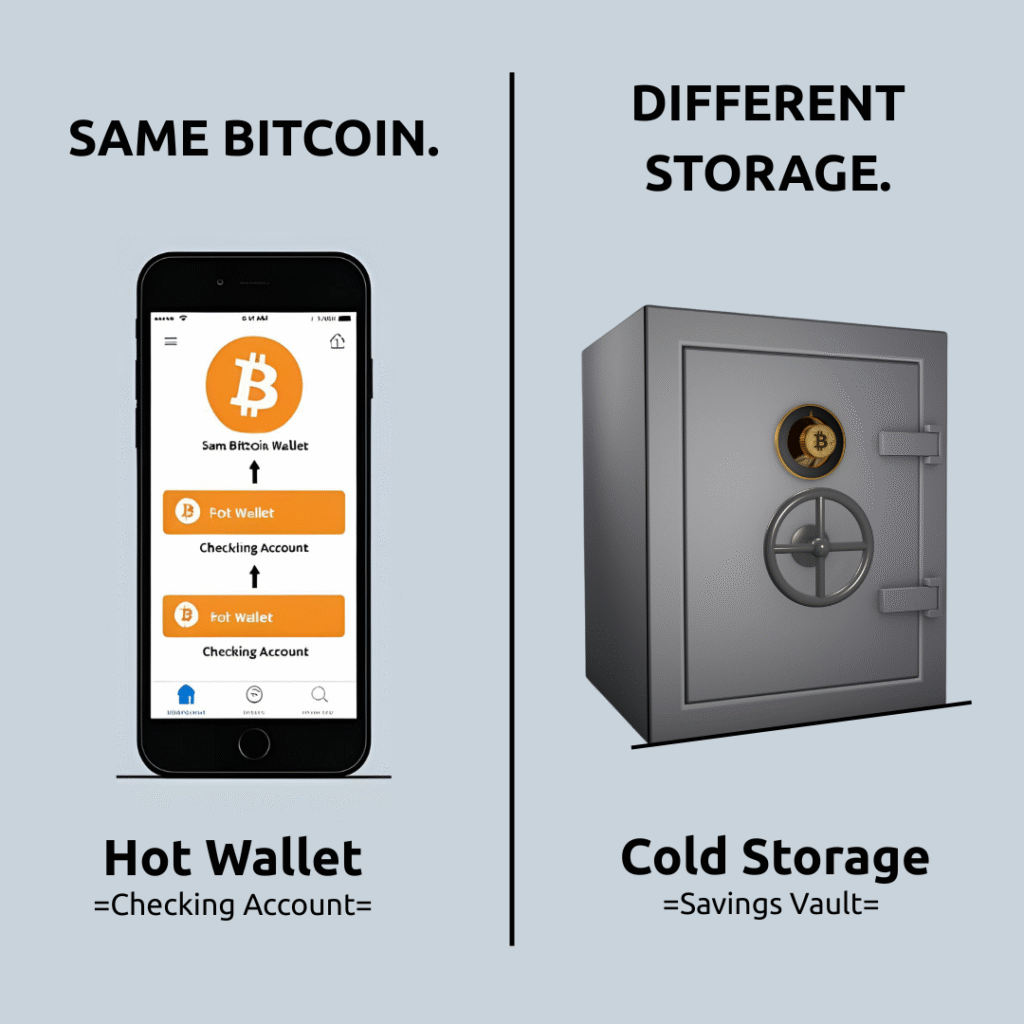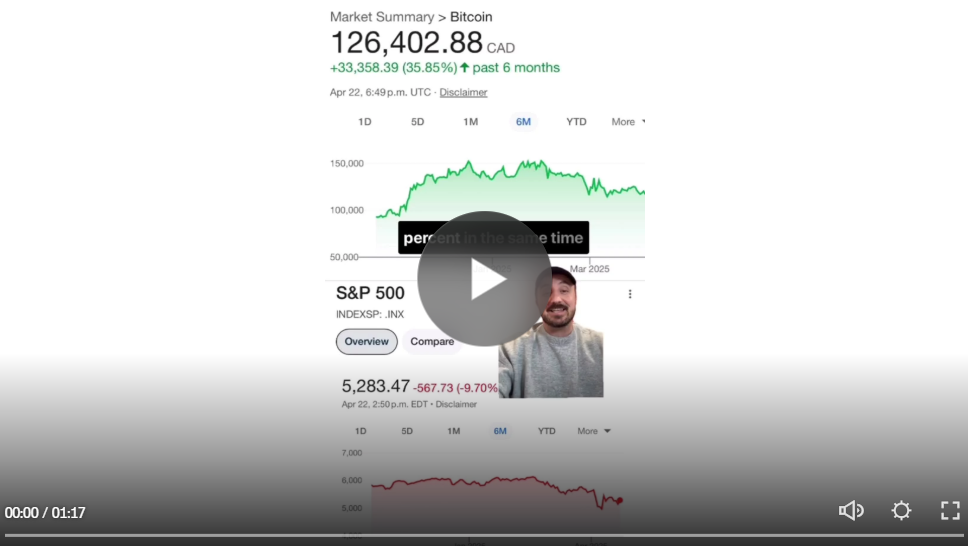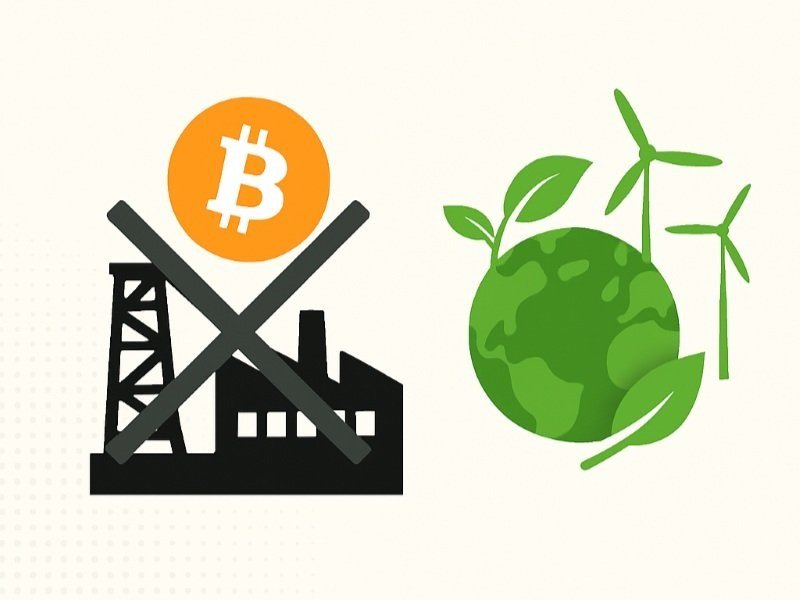When Money Meant Something Real
Picture a time when every dollar in your wallet was backed by gold—a real, tangible asset governments couldn’t manipulate. For centuries, the gold standard made this a reality, ensuring money held its value. So, why did it disappear, and could Bitcoin bring back the era of “honest money”?
Gold: The World’s First Money
Gold wasn’t chosen as money by chance. For thousands of years, from ancient Rome to China, it was valued for its scarcity, durability, and universal appeal. Unlike today’s paper currencies, gold couldn’t be printed at will, making it a reliable store of value.
By the 1800s, major economies adopted the gold standard. Every banknote was tied to a fixed amount of gold, creating trust and stability. The system worked because:
- Limited Supply: Governments couldn’t print endless money.
- Low Inflation: Prices stayed stable, protecting savers.
- Redeemable Value: You could swap paper for gold anytime.
- Fiscal Discipline: Spending was tied to real assets, not political whims.
This era of sound money fostered long-term economic stability, but it came with a catch: it limited government spending.
Why the Gold Standard Fell
The gold standard kept governments in check, but wars changed everything. During World War I and II, nations suspended the gold standard to print money for war efforts, bypassing the need for taxes. In 1944, the Bretton Woods Agreement tried to restore order by pegging global currencies to the U.S. dollar, which was backed by gold. But by the 1960s, the U.S. was printing more dollars than it could back with gold reserves.
In 1971, President Richard Nixon ended the gold standard, turning the U.S. dollar into a fiat currency—money backed only by government promises. Other countries followed, ushering in an era of unlimited money printing.
The Cost of Fiat: Inflation and Instability
Without gold’s restraint, governments printed money freely, leading to:
- Purchasing Power Loss: The U.S. dollar has lost over 90% of its value since 1971—a dollar then equals $8 today (2025).
- Persistent Inflation: Rising prices erode Canadian savers’ wealth.
- Debt Surge: Global debt hit $300 trillion in 2024, fueled by fiat’s endless supply.
Fiat’s flexibility supports growth but risks instability. In places like Venezuela, fiat currencies collapsed when trust vanished. Canadians feel the pinch too, with inflation hitting savings and rising costs.
Bitcoin: The Modern Gold Standard?
Gold was the ultimate money for centuries, but Bitcoin is its digital successor. With a fixed supply of 21 million coins, Bitcoin mirrors gold’s scarcity while offering modern advantages:
- Inflation-Proof: No government can print more Bitcoin.
- Global and Fast: Send Bitcoin worldwide in seconds, unlike heavy gold.
- Secure and Transparent: Blockchain technology prevents counterfeiting.
- Decentralized: Free from central bank control, preserving value.
Bitcoin restores the discipline of sound money, empowering individuals over institutions. As companies like MicroStrategy and countries like El Salvador (2021 legal tender) embrace Bitcoin, it’s clear: the future of money is changing.
What’s Next for Money?
Can fiat survive its flaws, or will Bitcoin and gold reclaim their roles? Share your thoughts in the comments or on X, and check out our post on Bitcoin’s rise to explore its challenge to fiat.
Ready to Embrace Sound Money?
Don’t let fiat’s instability threaten your wealth. Bitcoin offers a modern way to secure your future, just like gold did centuries ago.
Visit 1Bitcoin.ca/ for a simple guide to start with Bitcoin, or download our free Bitcoin Starter Guide.
Take control with Bitcoin! We make it easy for Canadians to own honest money.
Disclaimer: Cryptocurrency investments involve risks; past performance does not ensure future gains. Consult a financial advisor before investing.




